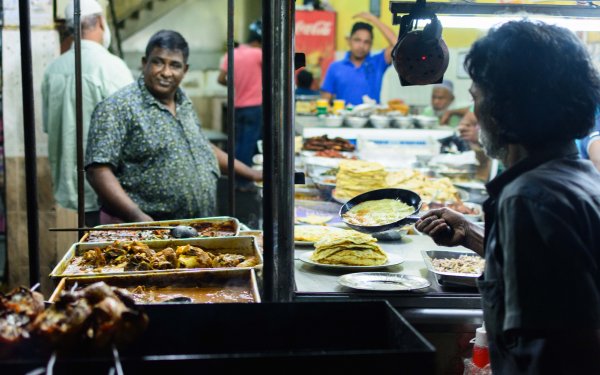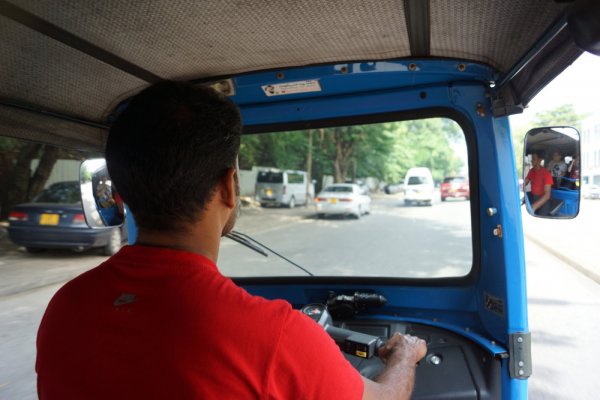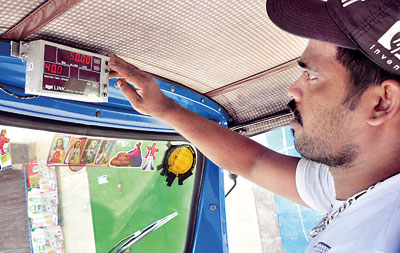
Toddy, or රා as it is commonly known, is a popular alcoholic beverage found in Sri Lanka. Most Sri Lankans, especially those that live on the coastal belt, are well acquainted with this traditional drink whose roots can be traced to pre-colonial Ceylonese kingdoms. There is treacle toddy (කිතුල් රා), palm toddy (තල් රා) and a variety of other brews, but the undisputed king of toddy is the special blend made of coconut (පොල් රා), consumed by locals and foreigners alike in many parts of the country. Toddy made of coconut gets a special mention in many an old folk tale, with its virtues sung by the likes of the legendary court jester Andare himself.
Back in the day, when there was no wine or beer to quench one’s thirst after a long hard day’s work, Lankan farmers and chena cultivators would rely on a pot of good ol’ toddy to drown their hardships in. Although toddy consumption is on a downward trend today, in the old days, toddy production was booming and deeply entrenched in local culture.
The following is a brief introduction to the toddy industry and its inner workings.
Coconut Trees And Tightropes
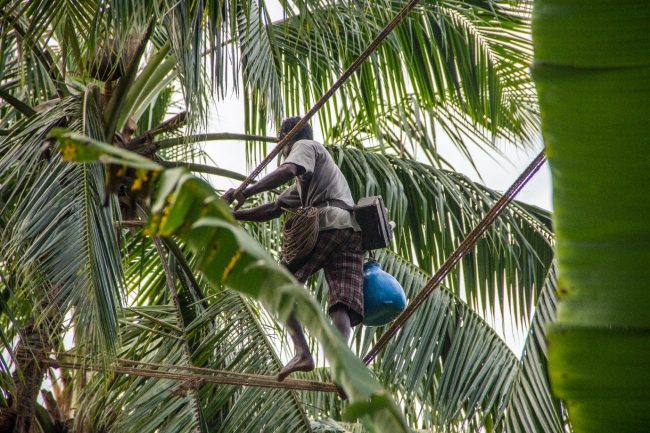
Traversing the athura on a tightrope – a tricky business. Image credit: Nazly Ahmed
Tapping toddy involves traversing a network of interlinked coconut trees called an athura, connected by tightrope, which the toddy tapper uses to walk from one treetop to the next. Dangerous work, to say the least. This is to save time that would otherwise be spent climbing and descending each and every individual tree.
You can’t enter the athura from any tree in the network. There is one specific tree assigned for this purpose. It’s called the hera (හැර) tree.
Walking the tightrope, albeit with the help of a parallel rope to hold on to, is nerve-wracking work, as you can imagine. Needless to say, not everyone can do this. Even experienced toddy tappers take the utmost care when traversing the athura. One careless misstep could result in a permanent injury. A few have even paid with their lives. This job is so notorious for its inherent death-defying nature that there is even a Sinhala idiom that goes “like going on the athura” when talking about performing a dangerous task.
The toddy tapper’s first task is to dry the coconut flower. This is to prevent the flower from cracking during the process of tapping. This used to be done with the aid of young coconut leaves but today dried coconut husk rope is used.
Tools Of The Trade
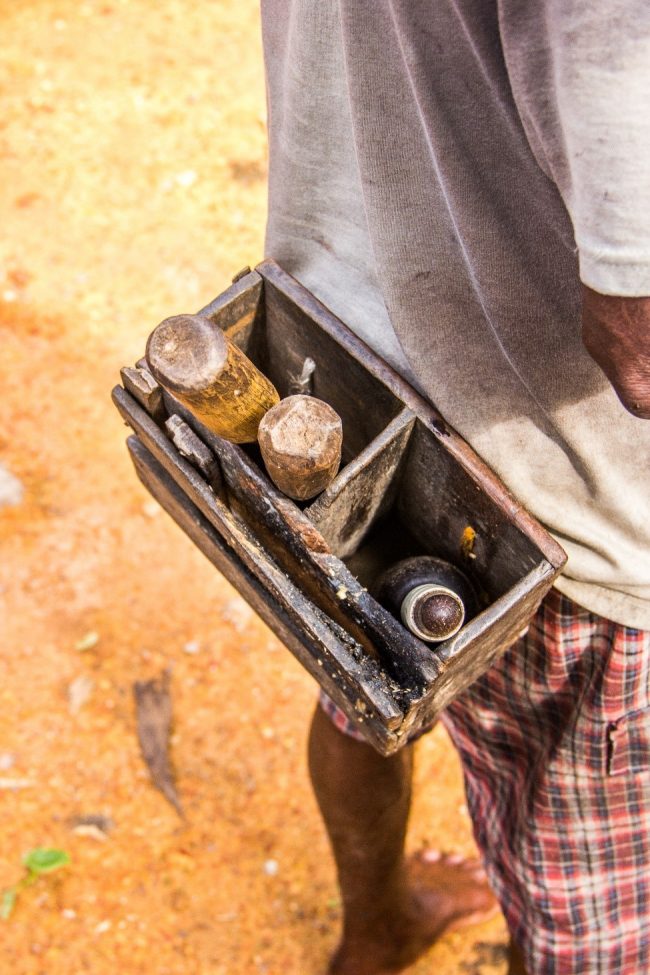
The tapping box. Image credit: Nazly Ahmed
The tool box used for tapping, or the ‘tapping box’, contains special knives and cleavers that are used during different stages of the process.
On each tree, the flower is beaten with a small club and a small pot is attached to its end, to collect the sap that oozes out toddy. The toddy in all these pots are poured into a special container called the රා ලබ්බ (raa labba).
The Waadiya (Tavern)
A special tavern known as the waadiya (වාඩිය) on the premises of the athura is where the collected toddy is stored until it’s transported to the distillery or vinegar manufacturing plant or any other byproduct manufacturer. The waadiya is also where the tappers and other workers cook their meals, have lunch, and take a nap after a long and arduous tapping session.
Legality
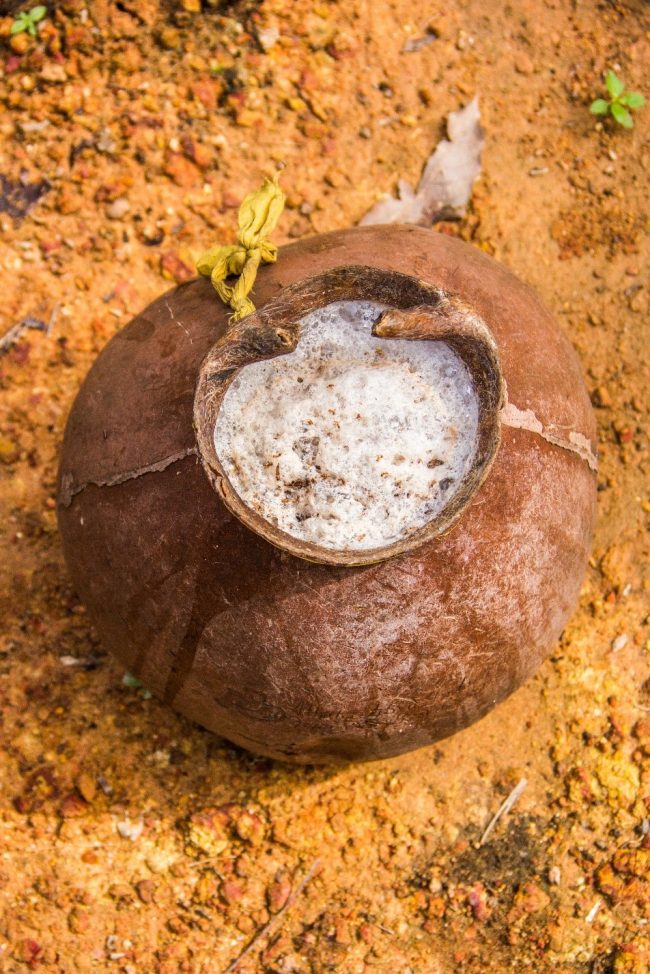
The product of a hard day’s work (and some nimble climbing and balancing). Image credit Nazly Ahmed
Toddy tapping and sale of fermented toddy requires a compulsory government license obtained from the Department of Excise. Additionally, when performing tapping duties, this license and a certificate from the relevant Graama Seva Official must be carried on the tapper’s person.
Problems Faced
Among the numerous problems encountered by toddy tappers is the muddying up of land during rainy seasons. Spending hours a day on muddy soil can result in blisters on their feet, among other things, often incapacitating them for weeks ‒ meaning they will be without a means of income for an extended period of time. Tappers rely on traditional home remedies such as turmeric oil and various herbs to combat these ailments.
Toddy tapping is a seasonal trade. During off season, those in the trade have no choice but to find other work in order to make a living. Some grow vegetables and other crops in the small space between the coconut trees, and sell what little harvest they can get to sustain their families until the next toddy season.
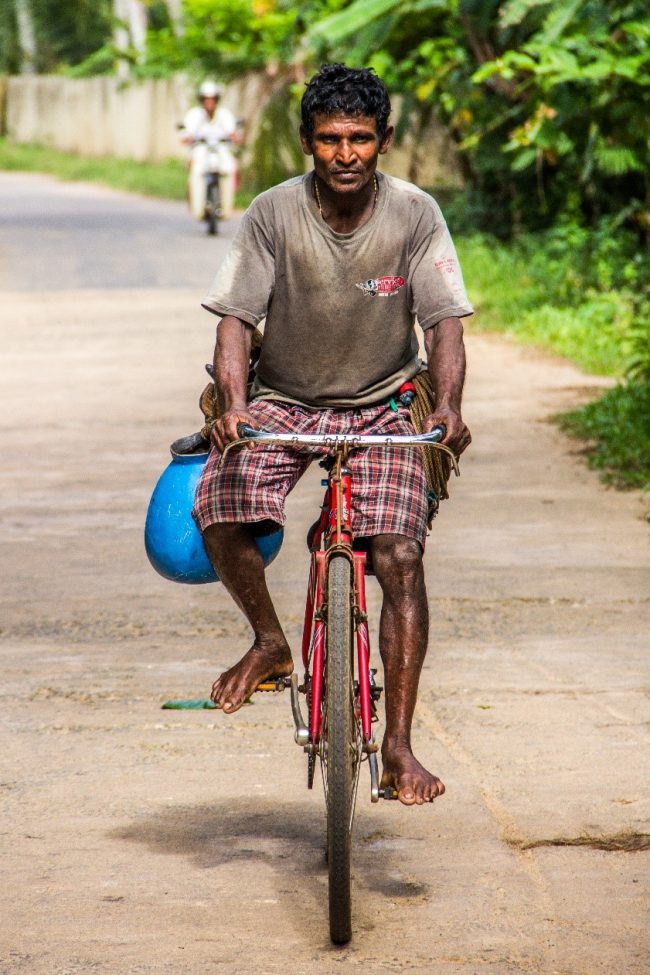
Toddy-tapper. Image credit Nazly Ahmed
This trade is a generational one. Most tappers lament that it is increasingly difficult to engage in the trade they inherited, chiefly due to an artificially manufactured toddy that has entered the market. According to some tappers we spoke to, the distilleries have now begun to pay closer attention to this new arrival. There is little to no intervention from the government to protect the traditional toddy industry, they complain. More and more artificial toddy manufacturers are getting government licences; not only is this harmful for public health, but also a threat to these people’s livelihoods.
As a country, it is our duty to safeguard this age old tradition. We believe the government should take necessary steps to reform the laws associated with toddy production and ensure its survival.
Translated from the original by Himal Kotelawala
Featured image credit Nazly Ahmed


